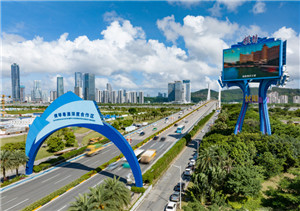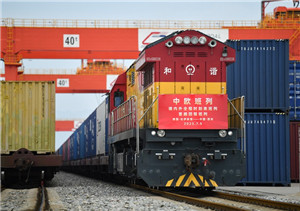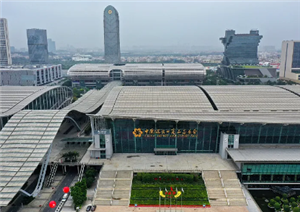The much-anticipated Nansha Line of the Shenzhen-Zhongshan Link (also known as the Wanqingsha Branch Line of the Nanzhong Expressway) is expected to open to traffic by mid-October, with asphalt paving finished and the construction of interchange ramps underway.

Photo: Guangdong Fabu
Once opened, the Nansha Line will reduce the travel time between Guangzhou's Nansha and Shenzhen's Qianhai to less than 20 minutes.
The Nansha Line plays a crucial role in linking the Nanzhong Expressway (main line) to the Shenzhen-Zhongshan Link. It also serves as a primary artery connecting the Shenzhen-Zhongshan Link with Nansha.
Spanning 32.4 kilometers, the Nanzhong Expressway consists of a main line and the Wanqingsha Branch Line, crossing the cities of Guangzhou and Zhongshan. It connects south to Zhuhai, west to Jiangmen, and east to Shenzhen.
Once operational, the Nanzhong Expressway will form a Y-shaped road network with the Shenzhen-Zhongshan Link. Guangzhou residents can take the Nansha Port Expressway, transfer to the Wanqingsha Branch Line of the Nanzhong Expressway via the Xinken Interchange of Nanzhong Expressway or the Wanhuan West Road Interchange, traveling seamlessly through the Shenzhen-Zhongshan Link to reach Shenzhen, Zhongshan, or Jiangmen. The Wanqingsha Service Area along the Nanzhong Expressway will also offer convenient amenities for travelers.
The No. 1 bridge of the Nanzhong Expressway connects the metropolitan areas of Guangzhou, Zhongshan, Shenzhen, and the western banks of the Pearl River Estuary and the Nanzhong Expressway itself is a key expressway linking the eastern Pearl River Delta to China's southwest. It is strategically vital for addressing transportation demands on both sides of the Pearl River, facilitating travel to the Nansha New Area, integrating national and provincial expressway networks, promoting the Pearl River Delta's regional integration, and fostering connectivity within the Guangdong-Hong Kong-Macao Greater Bay Area.


















